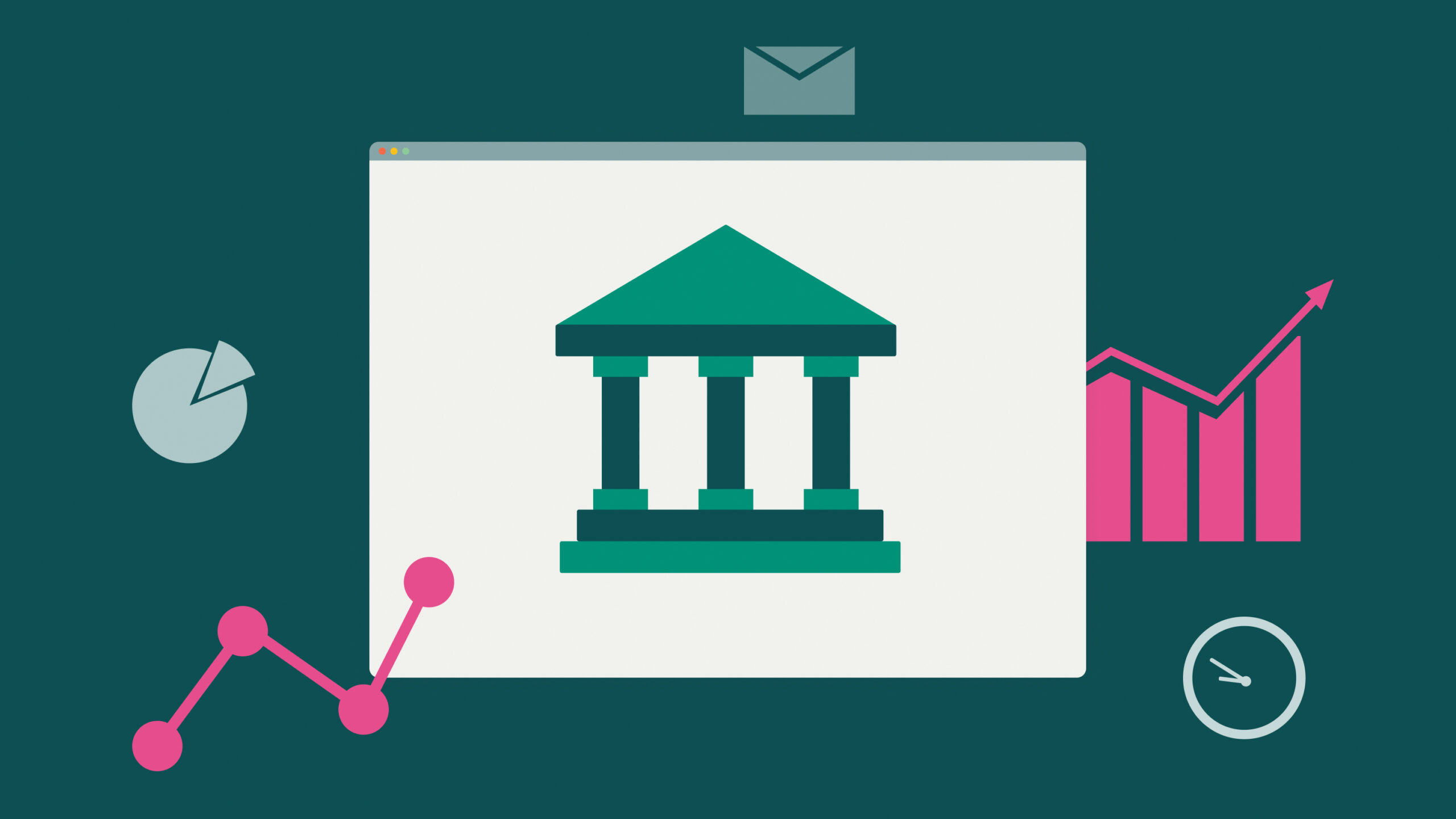There are a lot of tools out there that help small business owners grow their businesses. But which ones are essential? Here is a list of the top tools to help you grow your small business:
- A CRM (customer relationship management) system can help you keep track of your customers and prospects and manage your interactions with them. It can also help you automate some of your marketing and sales tasks, making it easier to grow your business.
- A marketing automation tool. A good marketing automation tool can help you automate your marketing tasks, making reaching your target market and generating leads easier.
- A good project management tool. A project management tool can help you track all the different tasks and projects you need to complete in order to grow your business. It can also help you prioritize and delegate tasks and stay on track.
- A good accounting tool. Good accounting software for small businesses can help you track your finances and keep on top of your financial goals. It can also help you find ways to save money and grow your business.
- A good business plan. A good business plan can help you map out your goals.
Website Builder Software
A website builder is a type of software that allows users to create a website without any prior experience or knowledge of web development. This type of software, also known as a content management system (CMS), typically includes a user-friendly interface that allows users to drag and drop content into place, as well as templates and other features that make creating a website easy.

There are a number of different website builder software options available on the market, such as WordPress, and the best one for you will depend on your specific needs and wants. A basic website builder will likely suffice if you’re looking for a simple way to create a website. However, if you’re looking for more advanced features, such as eCommerce capabilities or a blog, you’ll need to choose a more comprehensive website builder. Some website builder software is free, while others come with a monthly or annual fee. The free options usually have limited features, while the paid options will offer more advanced features and tools. Once you’ve chosen the right website builder software, creating your website will be quick and easy. Simply follow the instructions provided by the software, and you’ll have a website up and running in no time.
Team Collaboration Tool
In the early days of the internet, email was the primary mode of communication between team members. This worked well enough for small teams, but as companies and teams grew, the email’s shortcomings became more and more apparent.
Team members were often inundated with emails, many of which were irrelevant to their work. This made it difficult to find the needed information and to stay up-to-date on what was happening in their projects. In recent years, a new breed of team collaboration tools has emerged to address the shortcomings of email. These tools are designed to make it easier for team members to communicate and collaborate on projects.
These tools typically provide a central place for team members to post messages, files, and other information. They also offer features such as task management, search, and notifications to help team members stay organized and informed. There are a number of team collaboration tools on the market, such as Slack, HipChat, and Campfire. While each tool has its own unique features, they all share the same goal: to make it easier for team members to communicate and collaborate.
Many team collaboration tools are available on the market these days. The right tool for your team will depend on the specific needs of your team and the type of work you do. However, there are some general things to look for in a team collaboration tool:
- The tool should be easy to use. If a tool is difficult to use, your team will not be able to get the most out of it.
- The tool should be affordable. You do not want to spend a lot of money on a tool that your team does not use.
- The tool should be flexible. You should be able to use the tool for a variety of tasks and projects.
- The tool should be accessible. Your team should be able to access the tool from anywhere.
There are many team collaboration tools on the market. Do some research and find the tool that is right for your team.
CRM

Customer relationship management (CRM) refers to practices, strategies, and technologies that companies use to manage and analyze customer interactions and data throughout the customer lifecycle, aiming to improve customer service relationships, assist in customer retention, and drive sales growth. CRM systems are designed to collect and track customer data, including contact information, purchase history, and preferences.
This data is then used to create targeted marketing campaigns and improve customer service. CRM systems track all customer interactions, from initial contact through to post-purchase follow-up. CRM systems are used by businesses of all sizes in a variety of industries. While CRM systems were initially designed for large enterprises, there are now CRM solutions available for small businesses.
The benefits of CRM systems include the ability to:
- Improve customer service by providing customer service reps with quick access to customer data
- Increase sales by tracking customer interactions and identifying upselling and cross-selling opportunities
- Increase customer loyalty by providing a personalized experience
- Decrease marketing costs by targeted marketing campaigns
- Improve data quality by consolidating customer data in one central location
CRM software is a must-have for businesses of all sizes that want to improve customer relationships. It’s a type of software that helps businesses keep track of their customer’s contact information, communication history, and purchase history. CRM software can also help businesses automate customer support, sales, and marketing tasks.
There are many benefits of using CRM software, but some of the most notable include increased customer satisfaction and loyalty, better customer insight, and improved efficiency and productivity. CRM software can help businesses increase sales and grow their customer base by making it easier to track leads, follow up with customers, and close deals.
Email Finder (Lead Generation)

Email finder is a process of generating leads through email marketing. This process can promote products or services to potential customers or partners. It can also build relationships with existing customers or clients.
Lead generation is the process of identifying and qualifying potential customers for a business’s products or services. It’s a key part of the sales and marketing process, and it can be divided into two main categories: inbound and outbound lead generation.
Inbound lead generation focuses on attracting customers to the business through online digital marketing channels such as search engine optimization (SEO), content marketing, and social media.
On the other hand, outbound lead generation involves proactively reaching out to customers through cold calls, emails, and other forms of marketing. Lead generation is important because it helps businesses find new customers and grow their sales. It’s a key part of the sales process, and it can be difficult to do if you don’t have a solid strategy in place.
There are a few key things to keep in mind when it comes to lead generation:
1. Define your target market: Who are you trying to reach? What are their needs and wants?
2. Create compelling content: This will help you attract attention and interest from your target market.
3. Use multiple channels: Don’t just rely on one method of lead generation. Use a mix of inbound and outbound
BPM Tool
BPM stands for business process management. A BPM tool is a software application that helps organizations manage and automate their business processes. BPM tools are designed to help organizations improve efficiency, optimize resources, and achieve better visibility into and control over their business processes. BPM tools can be used to automate and optimize a wide variety of business processes, including sales and marketing processes, customer service and support processes, human resources processes, and supply chain and logistics processes. BPM tools typically include a process modeling component that allows users to visually map out and document business processes. This aspect is particularly crucial in route optimization, ensuring efficient navigation through various business activities.
Conclusion
With so many software options out there, it can be easy to get overwhelmed. We hope that pairing this list down to what we think are the essential tools to help you grow your small business helps you narrow down your list of tools to acquire.
Contact Matchbox Design Group Today!
If your website could use a refresh, if you’re looking to drive more traffic to your site, or you would like to submit a guest post, fill out the form below and we’ll contact you to learn more about your digital needs.



